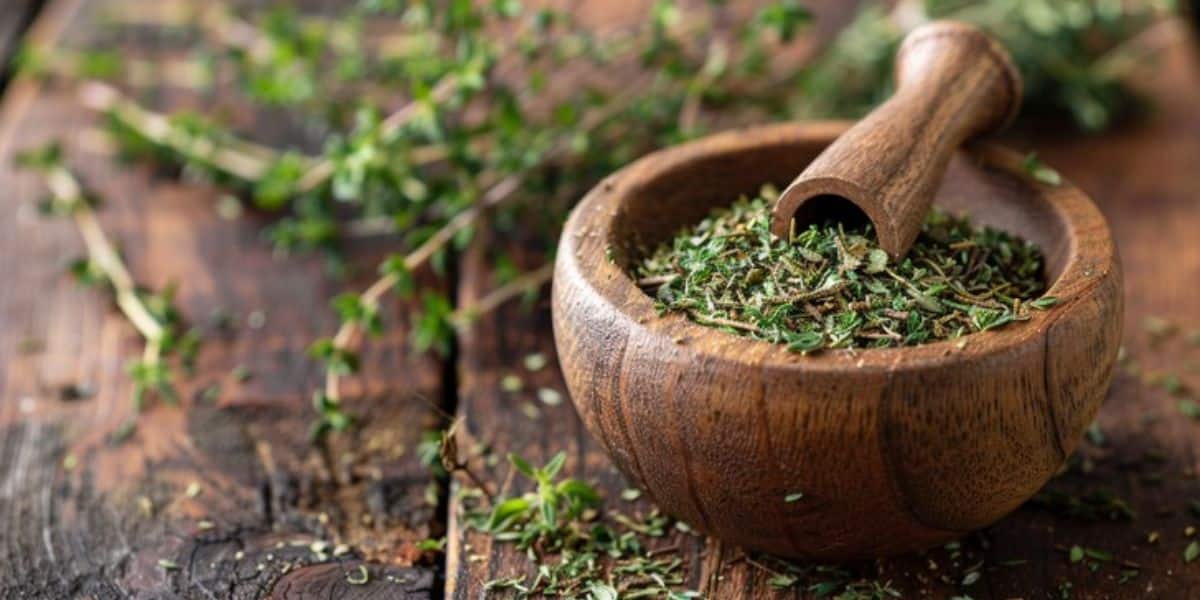Welcome to our detailed exploration aimed at demystifying the concerns and facts surrounding Per- and polyfluoroalkyl substances (PFAs) in sparkling water. With the rise in popularity of sparkling water as a go-to beverage for hydration and enjoyment, it’s become more important than ever to understand exactly what we are putting into our bodies.
PFAs have been the subject of much debate and research, and this guide seeks to provide a comprehensive look at these substances, their implications on health, and the steps you can take to ensure your safety.
Understanding PFAs in Sparkling Water
PFAs, or Per- and polyfluoroalkyl substances, are a group of man-made chemicals utilized for their water and grease-resistant properties. These substances are pervasive and have been detected in various environments, raising concerns about their presence in our water supply, including sparkling water. Consumer Reports conducted a thorough investigation, testing 47 bottled waters, comprising 35 noncarbonated and 12 carbonated options, for PFAs and heavy metals.
The federal government provides voluntary guidance on PFAs, recommending that the combined amounts of two specific PFAs compounds remain below 70 parts per trillion (ppt). Some states have implemented stricter limits, ranging from 12 to 20 ppt. The International Bottled Water Association advocates for PFAs levels below 5 ppt for any single compound and 10 ppt for more than one. However, some experts argue for an even lower threshold, suggesting a cutoff for total PFAs levels at 1 ppt.
Carbonated Water

PFAs in Carbonated Water
The investigation by Consumer Reports revealed that many carbonated water products contained measurable amounts of PFAs. The carbonation process, the source water’s PFAs content, or the water treatment methods used by certain brands could contribute to these levels. All the carbonated water products tested fell below legal limits for heavy metals, and none had arsenic levels above Consumer Reports’ recommended maximum of 3 parts per billion (ppb).
Brands’ Responses and Actions
Consumer Reports reached out to all companies with PFAs levels above 1 ppt. La Croix and Canada Dry assured that their products’ PFAs levels were well below current standards. Topo Chico, with the highest PFAs levels in the tests, expressed commitment to making improvements for future stricter standards. Nestlé, producing Poland Spring and Perrier, reported undetectable PFAs levels in their recent tests and expressed support for federal PFAs limits.
Non-Carbonated Water

PFAs in Non-Carbonated Water
Most noncarbonated water products tested had detectable PFAs levels, though only two—Tourmaline Spring and Deer Park—exceeded 1 ppt. Tourmaline Spring asserted that their PFAs levels were below the limits set by the IBWA and all states. Nestlé, the manufacturer of Deer Park, claimed their most recent tests showed undetectable PFAs levels.
Heavy Metals and Safety Concerns
All noncarbonated waters tested had heavy metal levels well below federal safety limits, except for Starkey Spring Water, owned by Whole Foods. This brand had arsenic levels just shy of the federal limit of 10 ppb and more than three times Consumer Reports’ recommended level of 3 ppb. Whole Foods emphasized their commitment to providing safe, high-quality spring water, ensuring compliance with FDA standards for heavy metals.
Also Read: What Does Heart of Palm Taste Like
Health Implications of PFAs in Sparkling Water
Exposure to PFAs is associated with a range of health issues, including cancer, hormonal disruption, and developmental problems in children. The pervasive nature of these substances and their ability to linger in the environment almost indefinitely make them a significant concern for public health. Understanding the potential health risks associated with PFAs is crucial for making informed choices about water consumption.
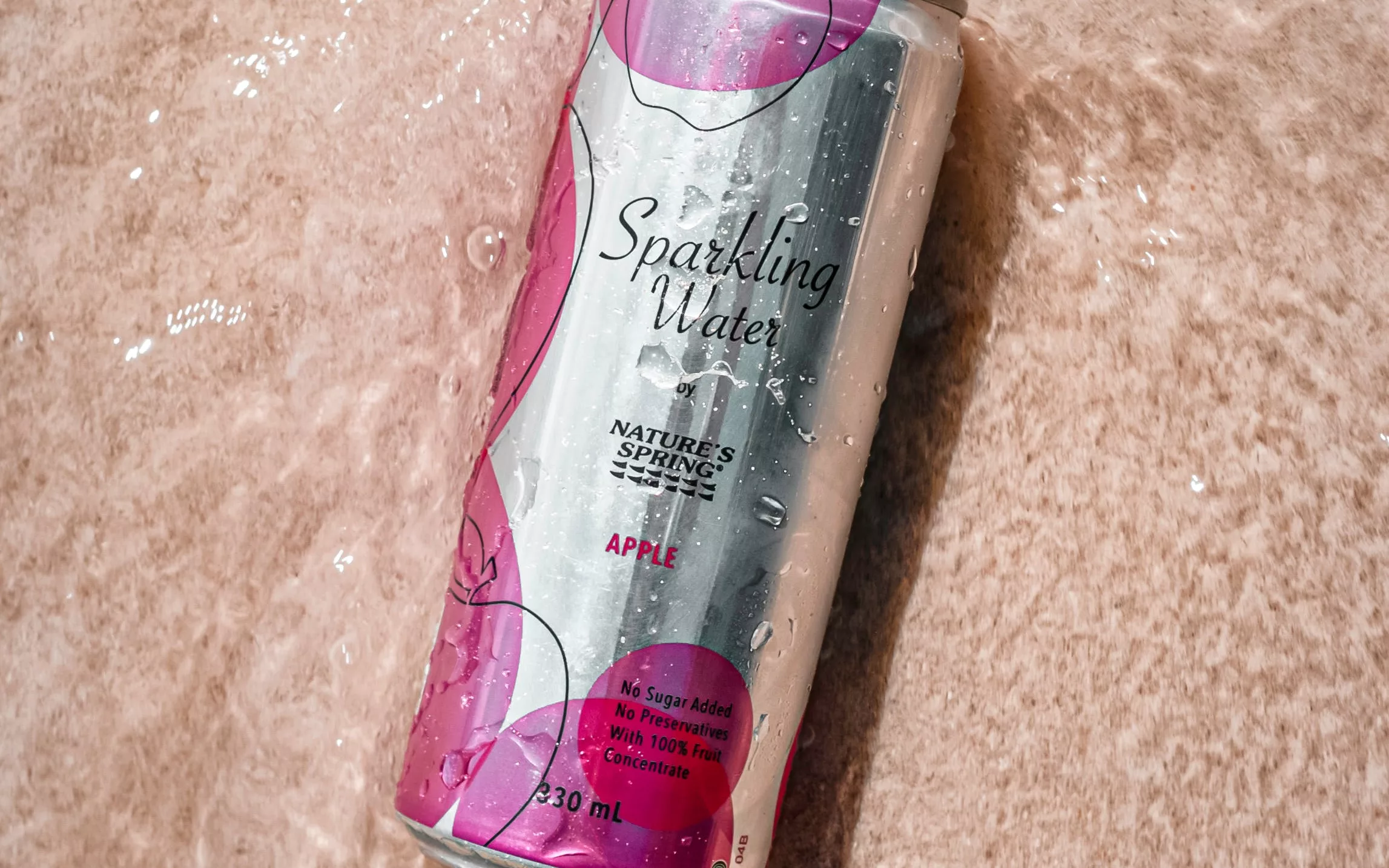
The Current State of PFAs Regulations
As of now, the U.S. Environmental Protection Agency (EPA) has established a health advisory level for two specific PFAs compounds, PFOA and PFOS, at 70 parts per trillion (ppt) combined. However, it is important to note that these advisory levels are not enforceable regulations but rather guidelines to assist federal, state, and local officials in protecting public health.
Some states have taken matters into their own hands, implementing stricter PFAs limits in the absence of federal regulations. For example, New York has set a maximum contaminant level (MCL) of 10 ppt for PFOA and 10 ppt for PFOS, while New Jersey has established MCLs of 13 ppt for PFOA and 13 ppt for PFOS.
Efforts are underway to address the PFAs issue at both the federal and state levels. In 2020, the EPA announced its PFAs Action Plan, outlining steps the agency is taking to understand and mitigate PFAs contamination. This includes developing new analytical methods to detect PFAs in water, conducting toxicity assessments for various PFAs compounds, and evaluating the potential for establishing enforceable drinking water standards.
At the state level, legislatures are passing laws to ban or restrict the use of PFAs in certain products, require PFAs testing in drinking water, and establish cleanup standards for PFAs-contaminated sites.
Also Read: BPA in Sports Bras: Unveiling the Hidden Dangers
How to Check PFAs Levels in Sparkling Water?
Checking PFAs levels in sparkling water can be challenging, as this information is not always readily available to consumers. However, there are steps you can take to find out more about the PFAs content in your sparkling water:
- Contact the Manufacturer: Reach out to the sparkling water brand directly and ask them about their PFAs testing practices and results. Brands that are committed to safety should be willing to share this information with consumers.
- Look for Brand Transparency: Choose brands that are transparent about their water sources, treatment processes, and testing results. Brands that provide detailed information about their practices on their website or product labels are generally more trustworthy.
- Check for Third-Party Certifications: Look for certifications from reputable organizations like NSF, which indicate that the product has been tested and meets safety standards.
- Stay Informed: Keep yourself updated on the latest research and news about PFAs in drinking water. Organizations like the Environmental Working Group (EWG) provide valuable resources and databases that can help you make informed choices.
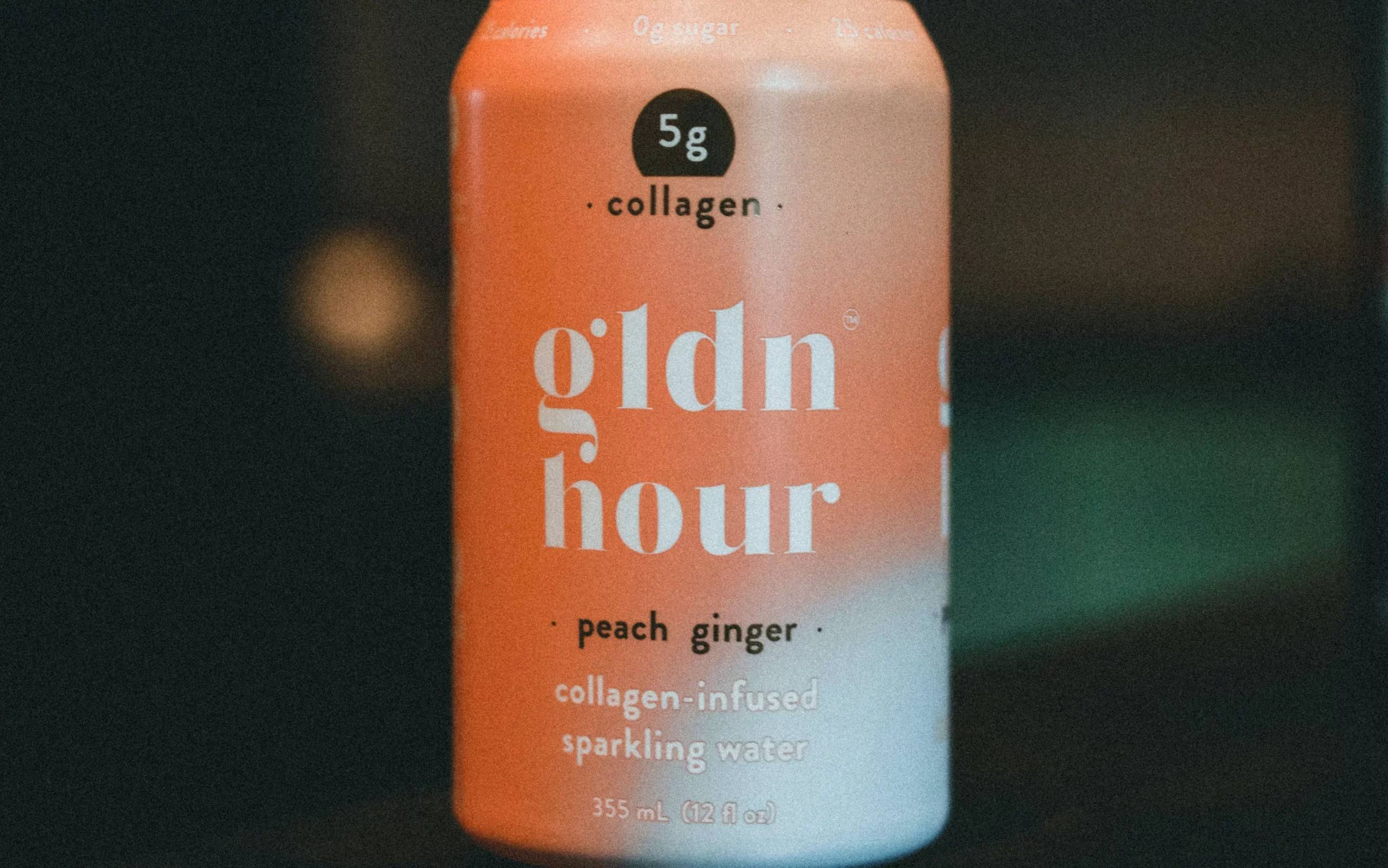
Also Read: Parasite Cleanse for Kids
Top 5 Sparkling Water Brands With Low PFAs Levels
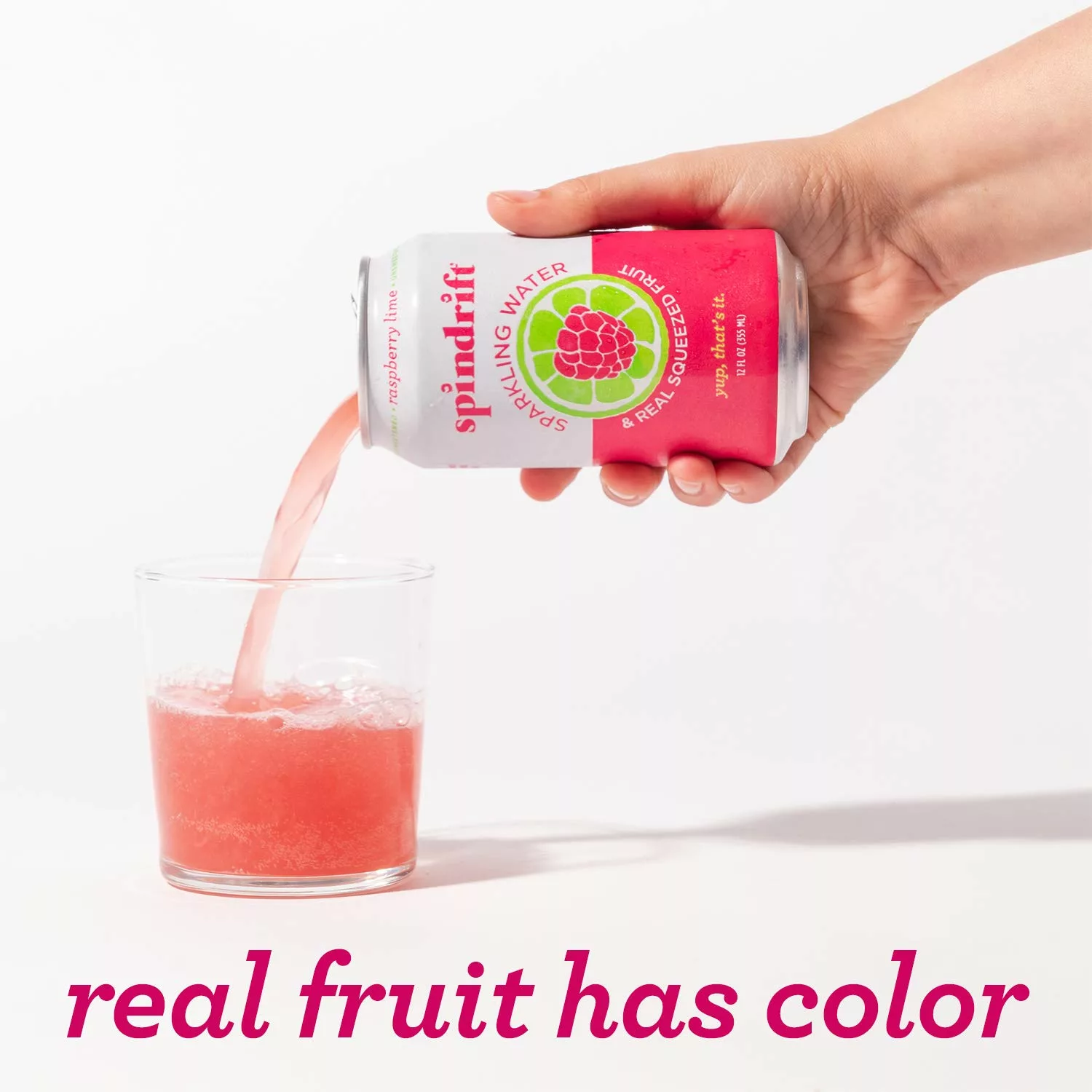
PFAs Level: 0.19 parts per trillion (ppt)
Spindrift is known for its commitment to real, simple ingredients. Their sparkling waters are made with real fruit juice, providing a burst of natural flavor without any added sweeteners. The brand prides itself on transparency and quality, making it a popular choice for health-conscious consumers. With a PFAs level of 0.19 ppt, Spindrift is among the brands with the lowest PFAs levels in the market.
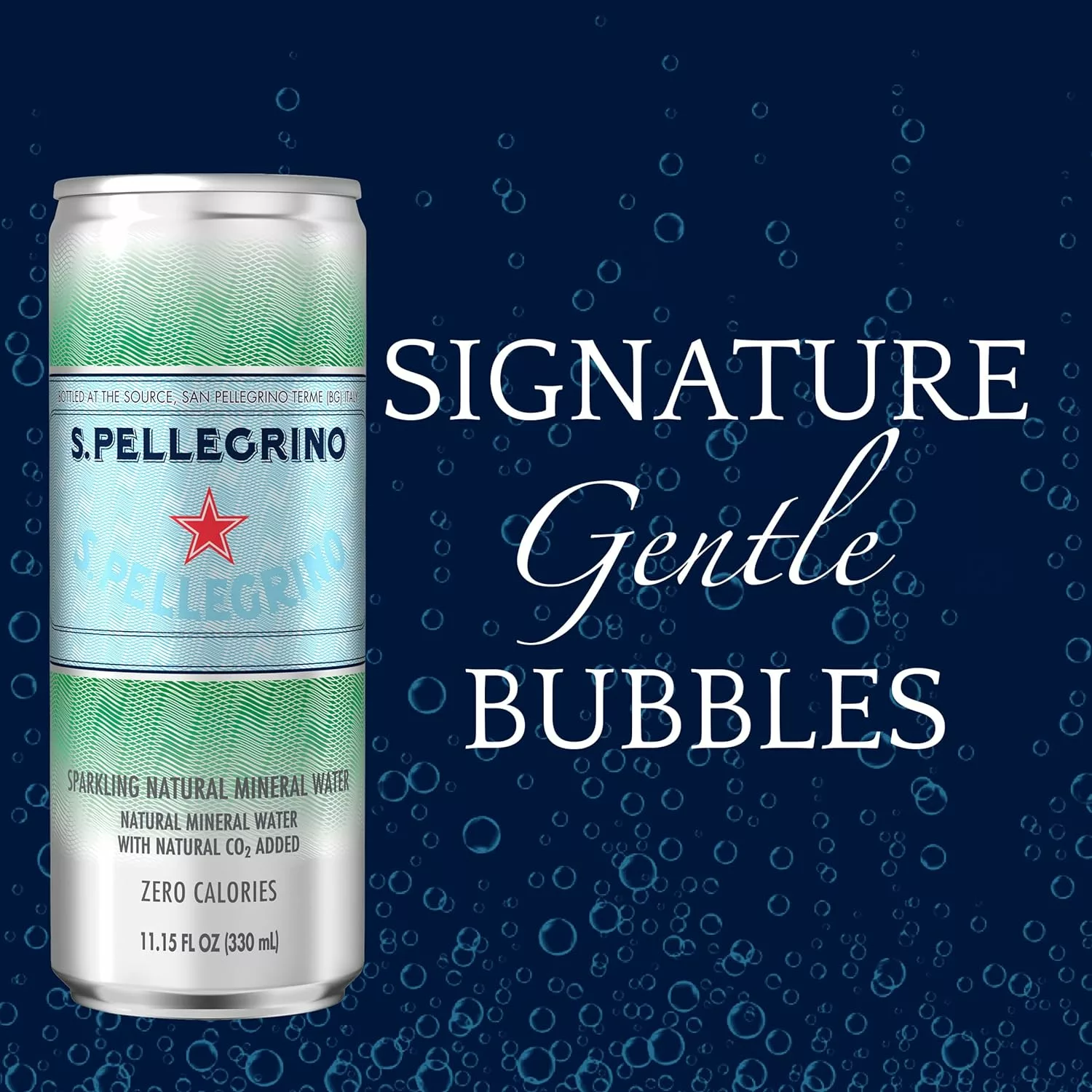
PFAs Level: 0.31 ppt
San Pellegrino is an Italian brand of mineral water that has been around for over a century. Known for its fine bubbles and subtle mineral content, San Pellegrino offers a premium sparkling water experience. The brand is committed to quality and sustainability, and with a PFAs level of 0.31 ppt, it ensures a safer option for consumers.

PFAs Level: 0.37 ppt
Dasani, a product of The Coca-Cola Company, offers a range of water products, including sparkling water. Dasani sparkling water is known for its pure, crisp taste and is available in a variety of flavors. With a commitment to sustainability and water stewardship, Dasani ensures its products meet high-quality standards. The PFAs level in Dasani sparkling water is reported to be 0.37 ppt.
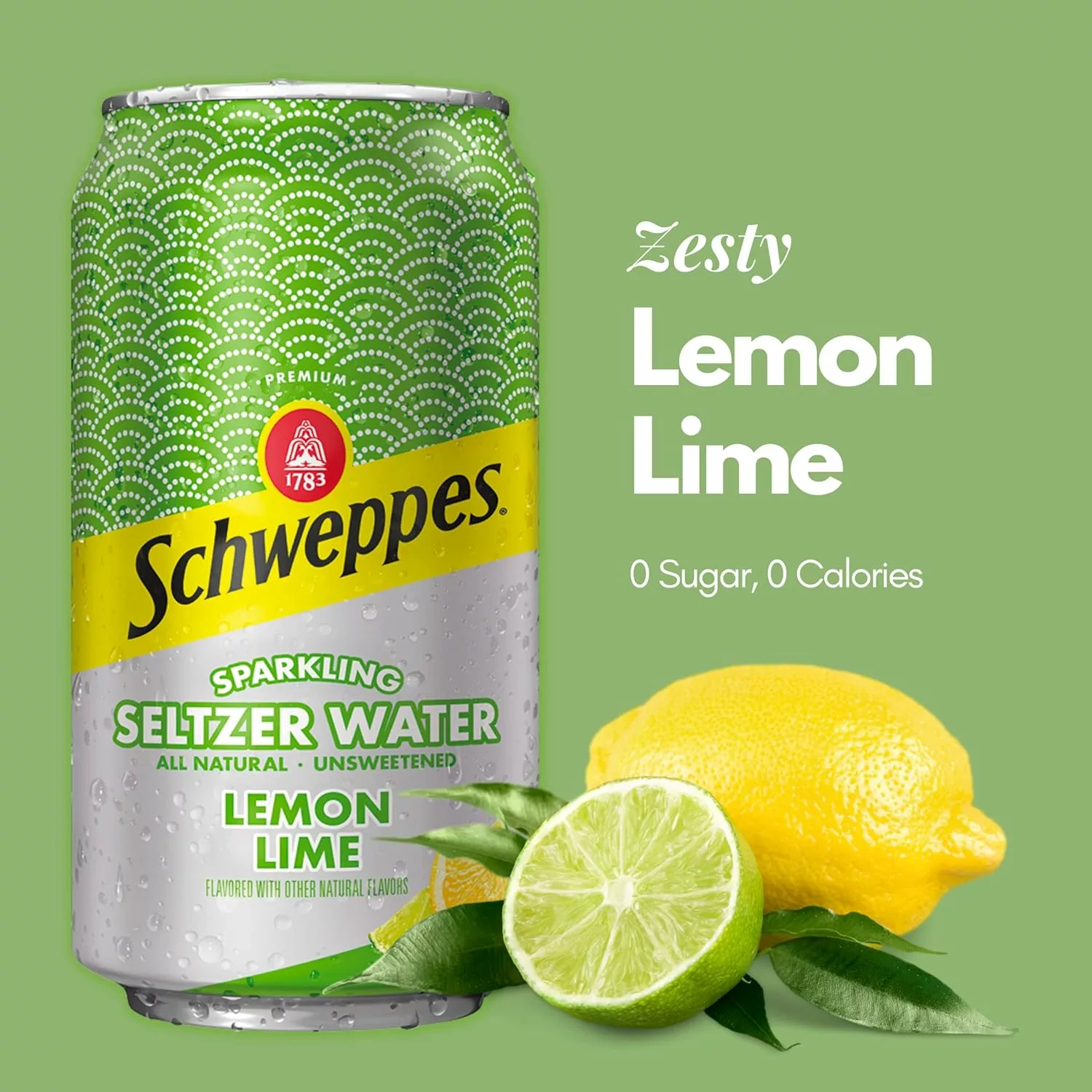
PFAs Level: 0.58 ppt
Schweppes is one of the oldest and most renowned brands in the sparkling water industry, with a history dating back to the 18th century. The brand offers a wide range of carbonated beverages, including tonic water, club soda, and sparkling water. Schweppes sparkling water is known for its crisp and refreshing taste, making it a popular mixer for cocktails. With a PFAs level of 0.58 ppt, Schweppes remains a trusted choice for consumers.
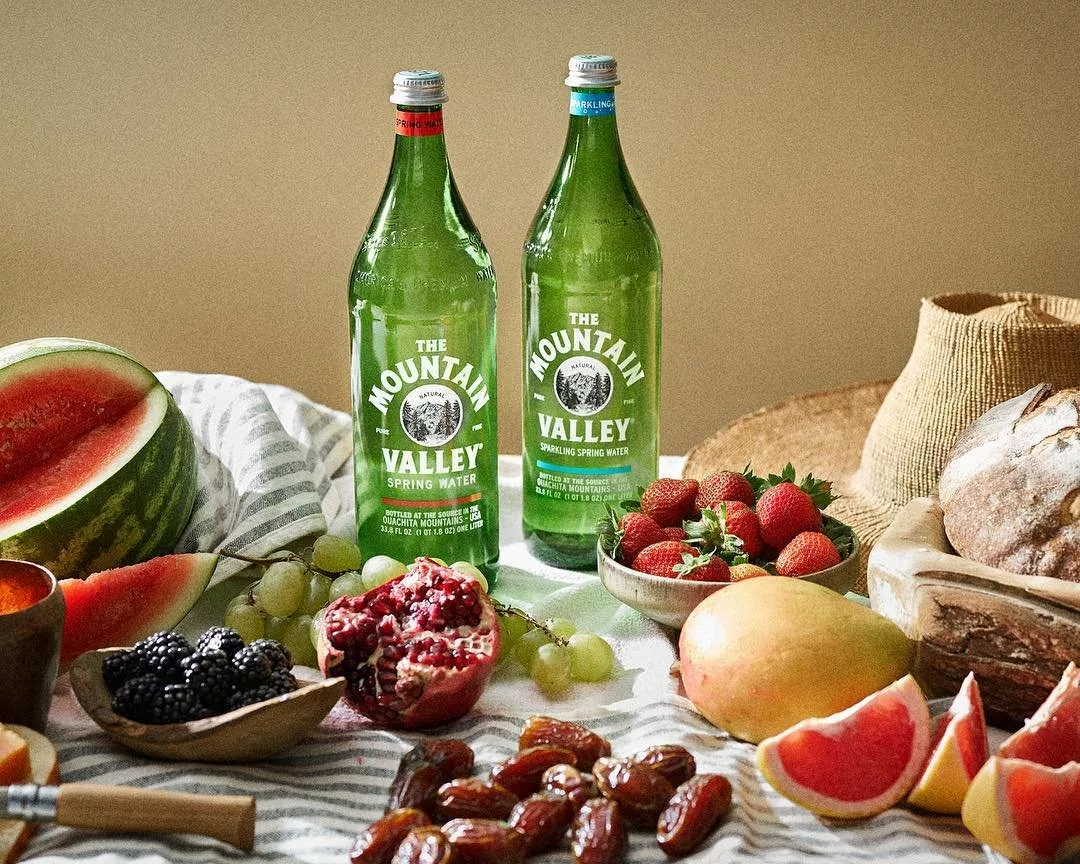
PFAs Level: Non-detectable
Mountain Valley Spring Water is an American brand that has been bottling and distributing spring water since 1871. The brand is renowned for its pure, natural spring water sourced from the Ouachita Mountains in Arkansas. Mountain Valley offers a range of water products, including sparkling water, which is known for its clean and refreshing taste. The brand is committed to environmental stewardship and product quality, ensuring non-detectable levels of PFAs in its sparkling water.
What Can Consumers Do?
Consumers can advocate for stricter regulations, transparent labeling, and support organizations dedicated to water safety. Staying informed and choosing brands that prioritize water quality and safety empowers consumers to protect their health.
Resources & Further Reading
For those interested in deepening their understanding of PFAs, their impact on health, and the broader issues of water safety, there are numerous resources and studies available. We encourage readers to explore the wealth of information provided by organizations like the Environmental Working Group, the EPA, and other entities dedicated to water quality and public health. Stay informed, stay engaged, and ensure that your choices contribute to a healthier, safer world.
Also Read: Dairy-Free Protein Powders
Conclusion
Sparkling water remains a popular beverage choice for many, and it’s possible to enjoy it safely. By staying informed, understanding the risks of PFAs, and choosing products from transparent, responsible brands, consumers can take control of their health and wellbeing. The journey to cleaner, safer sparkling water is a collective effort, and together, we can ensure that this refreshing beverage remains a safe choice for all.
Embark on a journey towards a healthier, more sustainable lifestyle by exploring our Home & Lifestyle blogs, packed with tips and insights tailored for your well-being!



